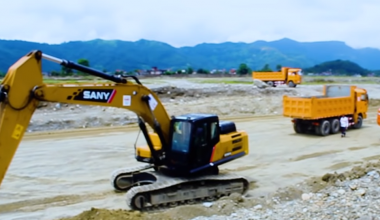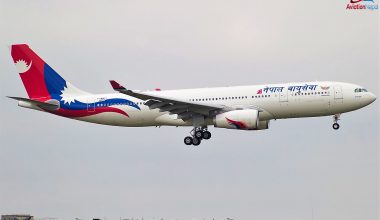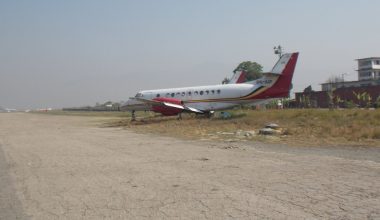
Nepal Airlines, Qatar Airways take on the brunt of the first 50 passenger evacuation flights
When last night’s Nepal Airlines flight took off for Japan with about approximately 250 Japanese and Nepali citizens on board, it was the 50th passenger evacuation flight since the airport closed on March 24th. These 50 flights were granted special permission to operate from the Civil Aviation Authority of Nepal (CAAN). They allowed close to 9000 foreigners and non-resident Nepali to go home abroad.
Most of the flight authorisations were at the request of Embassies and Consulates in Nepal. A total of 25 nations organized 44 rescue flights. Since the end of May, flights for the UN WFP and three different travel agents have received special flight permissions.
The job of flying people home has been well balanced between domestic and foreign airlines. Nepal Airlines has conducted most rescue flights with 14 while Qatar Airways has flown 13. Buddha Airlines (Nepal), Titan Airways (UK), and Malaysian Airlines each conducted 3 flights, while Korean Airlines flew 2. Twelve other international airlines flew out once each.

It is important to note that except for one Nepal Airlines flight to Japan who brough back the Japanese Ambassador and two Nepali diplomats, all the rescue flights landed empty in Kathmandu. The government as not allowed ANY passengers into the country since March 23. It is believed that the repatriation flights of Nepali citizens stranded overseas will start as early as this weekend.
From an aviation point of view, the rescue flights generated some premieres for Kathmandu. Nepal airlines broke a record of its furthest direct flight in its history when it flew to Brisbane (Australia), only to further extend it again when it flew to Sydney. On that return journey, the company A330 flew its longest non-stop flight in its history at just over 12 hours. Other new routes where open from Kathmandu. There were direct flights to Prague, Stansted (UK), Moscow, Karachi, and Fukuoka (Japan). Finally, TIA welcomed Czech Airlines, Royal Airlines (Russia), and Pakistan International Airlines for the first time on its fresh tarmac.
The rescue flights will continue to operate until the airport reopens, although they will be mostly organized by local travel agents. Cargo operations (there has been 32 cargo flights since the end of March) will probably intensify, but the airport will now shift its focus on the repatriation flights.
According to government reports, Nepal Airlines and Himalaya Airlines will operate most of the flights with four aircraft each. We could see up to 10 repatriation flights per day with about 1300 passengers on board. At full capacity, this will keep the airport busy for approximately 40 days at a minimum.






